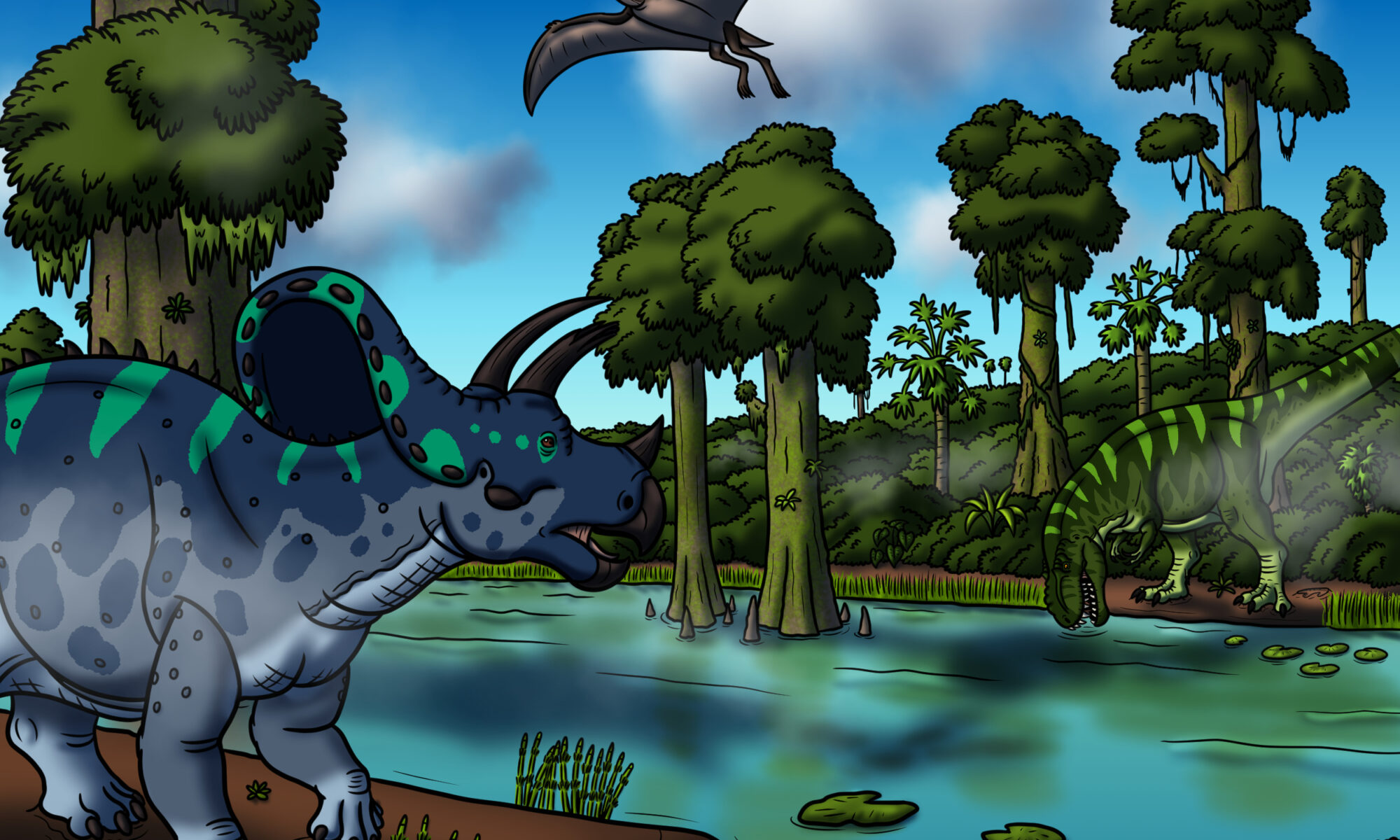This woman represent the prehistoric Jomon culture, an aboriginal culture of Japan which thrived between 14,000 and 300 BC. The people seem to have subsisted as hunter-gatherers with a particularly fondness for fish and other marine foods, the abundance of which allowed them to settle down in permanent villages instead of roaming the land as nomads. The Jomon even had time to make pottery with elaborate patterns and weave cloth made from mulberry bark fibers. After the end of their heyday, however, the Jomon culture would end up subsumed or displaced by that of the incoming Yayoi people from mainland East Asia, from whom the modern Japanese trace most of their ancestry.
This is the digitally colored version of an earlier pencil sketch. Although one female specimen from the Jomon culture has been described as having “moderately dark skin” and “fine and curly” hair based on DNA extracted from her remains, I felt that my earlier take made her look too dark. This time, I settled for a skin tone and overall appearance intermediate between that of dark-skinned Negrito or Melanesian people and that more typical of the “Sundadont” ethnic groups to which most Southeast Asian people today (e.g. Malays, Vietnamese, Filipinos, Cambodians, Burmese, etc.) belong.

